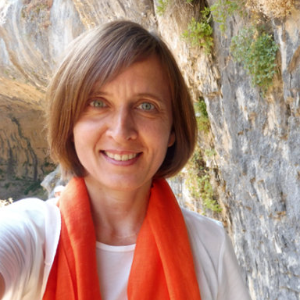Title : Animals embedded in quaternary environments
Abstract:
The Quaternary is marked in geological history as a time of dynamic change in climate, environment, hominid evolution, and populations of large terrestrial mammals (megafauna) across most of the globe. Mammal bone assemblages recovered from paleontological sites allow reconstruction of the biogeography of individual components of the Pleistocene and Holocene worlds, including woolly mammoths, woolly rhinoceri, horses, giant deer, red deer, fallow deer, reindeer, steppe bison, aurochs, bears, and cave lions. Much of Europe’s megafauna underwent extinction in response to changing climate or human impact, or a combination of both factors. The pattern of extinction is not uniform for all taxa, as studies for Eurasia show, indicating the complexity of the process and the ecological flexibility of taxa. This highlights the strong links between animals in the Pleistocene and Holocene and the environment.
This paper is intended to embed various species of Pleistocene and Holocene mammals in an environmental perspective using evidence from paleontological sites, with reference to Poland. Understanding the environmental conditions and rates of changes is crucial to understanding the impact on fauna, including the extent, development, and extinction of populations. Human–animal relations and human impact on the extinction of Quaternary fauna will be also discussed using taphonomic evidence across time in Europe. Special attention will be given to the woolly rhinoceros (grant no. 2021/43/B/ST10/00362 awarded to Kamilla Paw?owska from the National Science Center, Poland) as the dominant species in the Pleistocene faunal community.


